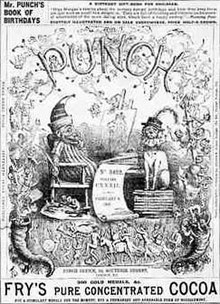
Back Satire AF هجاء (أدب) Arabic ব্যংগ AS Sátira AST Satira AZ طنز AZB Сатира BA Сатыра BE Сатыра BE-X-OLD Сатира Bulgarian

| Literature | ||||||
|---|---|---|---|---|---|---|
 | ||||||
| Oral literature | ||||||
| Major written forms | ||||||
|
||||||
| Prose genres | ||||||
|
||||||
| Poetry genres | ||||||
|
||||||
| Dramatic genres | ||||||
| History | ||||||
| Lists and outlines | ||||||
| Theory and criticism | ||||||
|
| ||||||
| Part of a series on |
| Performing arts |
|---|
Satire is a genre of the visual, literary, and performing arts, usually in the form of fiction and less frequently non-fiction, in which vices, follies, abuses, and shortcomings are held up to ridicule, often with the intent of exposing or shaming the perceived flaws of individuals, corporations, government, or society itself into improvement.[1] Although satire is usually meant to be humorous, its greater purpose is often constructive social criticism, using wit to draw attention to both particular and wider issues in society.
A prominent feature of satire is strong irony or sarcasm—"in satire, irony is militant", according to literary critic Northrop Frye—[2] but parody, burlesque, exaggeration,[3] juxtaposition, comparison, analogy, and double entendre are all frequently used in satirical speech and writing. This "militant" irony or sarcasm often professes to approve of (or at least accept as natural) the very things the satirist wishes to question.
Satire is found in many artistic forms of expression, including internet memes, literature, plays, commentary, music, film and television shows, and media such as lyrics.
- ^ Elliott 2004.
- ^ Frye, Northrup (1957). Anatomy of Criticism. Princeton, NJ: Princeton UP. p. 222. ISBN 0-691-06004-5.
- ^ Cite error: The named reference
Claridge2010p257was invoked but never defined (see the help page).